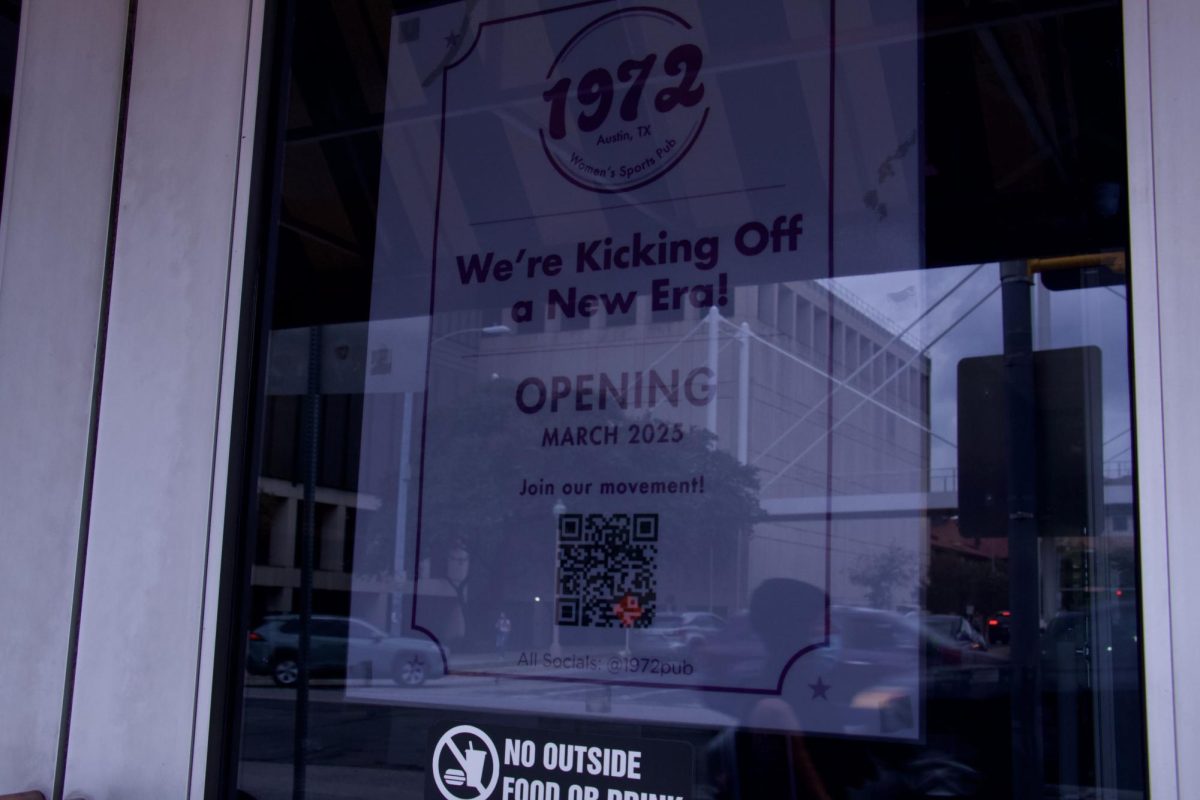It’s Tuesday night and you slowly drag yourself off the couch, change into your workout gear and start making the trek to the gym, dreading the grueling exercise to come. Working out just isn’t any fun — at least, it wasn’t. That is, until native Columbian step-aerobics instructor Beto Perez forgot to bring his regular music to class one day. Not wanting to cancel, Perez instead played a cassette of Latin music, and, without knowing it at the time, the latest workout craze was about to be born — Zumba Fitness.
Interchanging fast-paced dance moves that incorporate salsa, merengue and reggaeton influences with slower paced motions, Zumba creates interval workouts for total-body toning that feel more like dance parties than regular exercise routines. “Take your basic merengue,” says Alice Adams, University of Texas Texercise Zumba instructor. “You’re marching, so that’s getting your cardio and getting your heart rate up. When we start jumping, that adds even more. When we add our arms, we’re working them. We add in twists to work the core. When we add in squats, that’s your legs and your glutes. It all kind of sneaks in there.”
The now multi-million-dollar-self-proclaimed “fitness-party” started in a much more humble fashion, when Perez traveled from his home country to Miami with the desire to share his newly created program with the United States. After being turned down by numerous fitness-center managers, Perez finally got the break he was looking for in 1999—and boy, was it big. A little more than 10 years later, the program now has an estimated 14 million participants in over 150 countries, according to the official Zumba website. “I was getting bored doing the usual treadmill, bike and weights and I saw that there was a Zumba class one night that I thought I would try,” says avid Zumba participant Mera Afifi. “My favorite part is that it does not feel like you are working out. It’s just a lot of fun.”
Although created by a man, the fitness phenomenon is overwhelmingly popular with female participants. Even though Zumba does incorporate moves to help women lose weight in problematic areas, UT exercise science student Alyssa Ramirez believes the lack of male participants is largely due to men’s definition of ‘masculine’ exercise. “Most college-age males who go to the gym are usually more concerned with their image and building the muscle instead of losing the weight,” she says. “Zumba incorporates a lot of cardio which helps women lose weight in their typically problematic areas, but it also has a lot of movements, such as leg movements, that help build and tone muscles as well. There can be no bad results of a guy doing a Zumba class. It’s just dancing.”
For Adams, Zumba is more about feeling good about yourself than purely fitness. “For me, when I first started, it was definitely a huge self esteem boost,” she says. “I felt so good afterwards. It wasn’t even because I necessarily was losing weight or anything like that, but just because it made me feel so good about myself. I think that’s a big reason it’s appealing to women because it makes you feel sexy. It makes you feel good about your body and what you can do. When you have that confidence, it just makes everything else fall into place.”
More men might jump on the Zumba train if they knew its tremendous fitness benefits — in a one-hour session, a participant can burn up to 800 calories, depending on their lean muscle mass, according to Adams. If the person has more lean muscle mass and is really “pumping it,” as she calls it, the total number of calories burned can even reach into the thousands.
Zumba isn’t stopping with its basic classes either — the company now offers eight different types of exercise workouts, ranging from Zumba Gold, modified exercises targeted toward older participants, to Aqua Zumba, dance moves in water, to the latest Zumba Sentao, which features chair-based choreography for core-targeted toning.
Anyone can become an instructor in any of the eight types of Zumba by completing a workshop that breaks down the program’s basic rhythms and teaches instructors how to create their first routines, Adams explains. Basic training sessions start at $225 each, according to the program’s website. “I really keep my routines simple so you can get it,” Adams says. “Some of the choreography I get from the Zumba company that sends us videos every month, but most of the time, I just make it myself. I use a lot of influences from my friends, like Turkish and Bolivian music, and then anything that’s new on the radio because I know students like to hear it. I like to keep it really diverse.”
Adams encourages new students to take at least three Zumba classes before deciding against the program. “When in doubt, just shake it,” she says. “If you’re worried that you don’t have rhythm or you can’t dance, know that no one is looking at you. They’re either looking at themselves, which is most of the time, or they’re looking at me trying to figure out what to do next. Just do what feels comfortable. If it feels awkward, don’t do it. If you do what feels right to you, you’ll feel good in class.”
Zumba classes are offered weekly at Gregory Gym through the UT Texercise program. To attend, students must purchase a Texercise pass online, which costs $80 at the beginning of each semester.
[youtube http://www.youtube.com/watch?v=gvpuHEuwDzw&w=560&h=315]












































